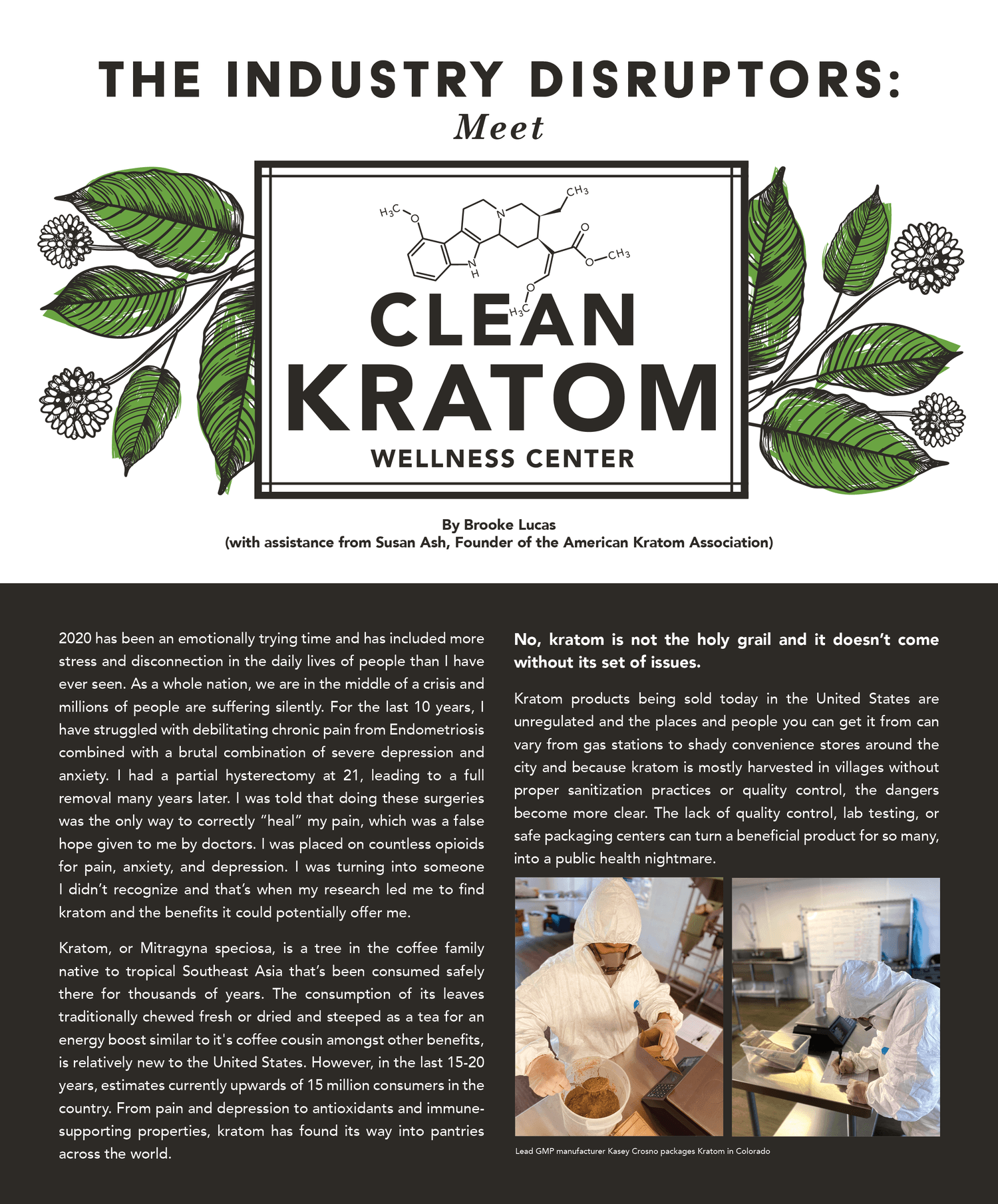What Do the KCPA, GMP, and AKA Stamps Mean?
What Do the KCPA, GMP, and AKA Stamps Mean?
If you are a Kratom user like me, you are online looking at things about kratom a lot and you often see abbreviations like KCPA, AKA, and GMP. In the beginning, I passed those terms off as “some government regulating thing”. I mean who cares as long as you can get some good kratom right? And then I got sick, I mean really sick. Like salmonella poisoning sick. It lasted so many days I was ready to accept that I would feel like that forever but as most illnesses do, it passed. This is when I started to think about pathogens and food-borne illnesses. I couldn’t for the life of me figure out how I had gotten salmonella. In the last 72 hours I had been fasting on strict water and a supplemental nutrient-only diet (by the way don’t try that diet at home without a medical professional's advice.) Then I made the connection, kratom. It’s the only thing I was putting into my body. This sent me on a research rampage. I wanted to know everything about kratom processing and if salmonella poisoning was common. And it was.
The Salmonella Outbreak
In May of 2018, the CDC released the report:
Multistate Outbreak of Salmonella Infections Linked To Kratom(1). In this report, the CDC disclosed there were 199 salmonella-infected human cases from 41 different US states. As of June 29, 2018, the investigation ended with the warning “This outbreak investigation is over. People should be aware that kratom could be contaminated with Salmonella and could make people sick. Contaminated products may still be available for purchase because the investigation was not able to identify a single, common source of contaminated kratom. Illnesses could continue to occur if people consume contaminated kratom”(2). While the salmonella scare slightly lowered kratom sales for a while, what it also did was call for action to tighten restrictions (regulations).
AKA, GMP, and FDA
This is where all those abbreviations come in. The American Kratom Association (AKA) came up with a self-regulating program that would require a fee from the kratom vendor or company in which they would receive a one-time inspection from an AKA-appointed official to ensure the processing facility was up to GMP standards. If the kratom vendor passed the one-time-only inspection, they got to put the AKA-approved stamp on their packaging and they get to be on the AKA’s list of approved vendors. But what is GMP? The Good Manufacturing Practice (GMP) is a system for ensuring consistency in production and quality control of products. It’s there to make sure your food is clean, handled properly, and labeled correctly. GMP practices keep us safe from salmonella poisoning and other bacteria. And guess who officially enforces GMP? Nope, not the AKA but the Federal Food & Drug Administration. That’s right, the FDA. When you see a vendor’s packaging with the verbiage “GMP Certified”, it really doesn’t mean anything at all because the AKA is not a regulatory authority or a governing agency. So what about this KCPA stuff?
KCPA
The Kratom Consumer Protection Act (KCPA) is a bill that can differ from state to state. In general, a KCPA bill’s goal is to regulate the manufacturing, distribution, sales, and possession of US kratom. This can include age limits and lab test requirements. Overall, it aims to prevent contamination and other negative occurrences with kratom and ensure vendors only sell high-quality, clean kratom. Regulation for the safety of the consumer. But not all states have KCPA laws and even some of the ones that do, don’t enforce them. You see there again, there is no real regulatory body over the KCPA. With all of these agencies and regulations in place, you would think kratom should be safe but unfortunately, the industry is so divided and the agencies aren’t always on the same page. In fact, they usually aren’t. In this seemingly disorganization of un-regulation how do you know that you are getting clean, safe, and quality kratom?
Clean Kratom
So how DO you know that you are getting clean, safe, and quality kratom? Well, you are in the right place on this website. Clean Kratom is one of only 13 US vendors that are registered with the Utah Department of Food and Agriculture. This means we are inspected for GMP standards regularly, not just once. Clean Kratom is also licensed by the Oregon Department of Agriculture and is licensed as a manufacturer in Colorado. To put it lightly, CK is always being inspected. As if that wasn’t enough, our distribution / manufacturing facility will be FDA registered as of January 2023. In the kratom industry, that’s not an easy accomplishment and is almost unheard of. And then there’s the vigorous testing. We lab test every kratom sample that comes in and goes out. We ensure there are no bacterias, pathogens, mold, heavy metals, or dirt at all. We also affix the lab test results to the back of every package sold so that you know you are getting…you guessed it, Clean Kratom.
(1)(2) Content source: Centers for Disease Control and Prevention, National Center for Emerging and Zoonotic Infectious Diseases (NCEZID), Division of Foodborne, Waterborne, and Environmental Diseases (DFWED)










